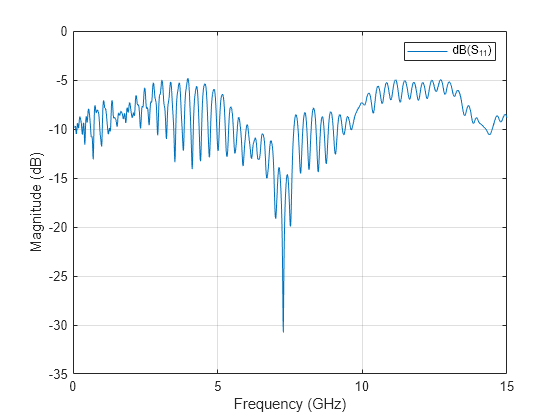circuit
Circuit object
Description
Use circuit object to build a circuit object which can
contain elements like resistor, capacitor, and inductor.
Creation
Syntax
Description
cktobj = circuit creates a circuit object
cktobj with a default name.
cktobj = circuit(cktname) creates a circuit object
cktobj with name of
cktname.
cktobj = circuit([
creates a circuit object elem1,...,elemN])cktobj by cascading the
specified 2-port elements.
cktobj = circuit([
creates a cascaded circuit object elem1,...,elemN],cktname)cktobj with the name,
cktname.
Input Arguments
Properties
Object Functions
sparameters | Calculate S-parameters for RF data, network, circuit, and matching network objects |
groupdelay | Group delay of S-parameter object or RF filter object or RF Toolbox circuit object |
add | Insert circuit element or circuit object into circuit |
delete | Delete circuit object and decouple its elements |
setports | Set ports of circuit object |
setterminals | Set terminals of circuit object |
clone | Create copy of existing circuit element or circuit object |
richards | Convert lumped element circuit to distributed element circuit using Richards' transformation |
